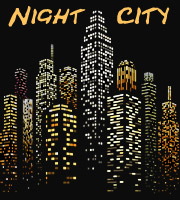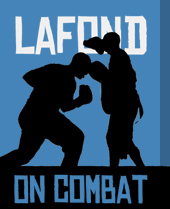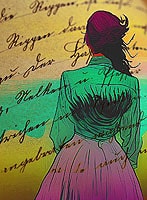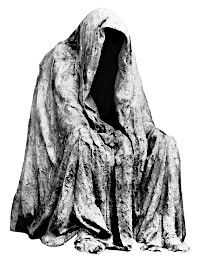First published in Weird Tales, August 1925
Reading from The Horror Stories of Robert E. Howard, 2008, Del Rey, pages 1-4
The use of wolves and dogs to symbolize barbarians and domesticated men and the use of the tiger, lion and leopard to describe the hero, is perhaps Howard’s most common metaphoric tool throughout his work. Having observed that this holds true across the body of his work, beyond the tales of Conan, Kull and Kane, that had been my primary focus, I decided to take another look at his earlier horror and found that his two werewolf tales and his one unsold werewolf poem prefigured his “barbarism versus civilization” construct.
In the Forest of Villefere is a five minute read and totally predictable. However, it has a haunting edge, and marks the beginning of the spine-tingling style that was a hallmark of Howard’s later ‘sword & sorcery’ efforts. This has a folksy feel, with a dash of the Brothers Grimm.
A certain de Montour of Normandy is on a military mission in early 17th Century France, making him a contemporary of Kane. Wandering through the woods after dark, trying to make the next town, he falls in with a tall, rangy man of “almost barbaric” aspect.
The man offers to guide him, introducing himself as Caralous le Loup “the wolf,” the same name by which one of Howard’s better villains goes in the Kane tale Red Shadows.
This man, obviously a conflicted werewolf, has many of the stock characteristics of Howard’s alienated heroes: physical ruggedness, wolfishness, and a history of much travel, strange encounters and adventure. He is an outsider by all measures.
Most important to the mythic exploration of this le Loup as a barbarian archetype is that he wears a mask, having vowed to go masked if he escaped being chased by a pack of hounds. For those who are new to the concept of social identity as a mask for the soul, I would recommend a reading of Joseph Campbell’s Transformations of Myth Through Time, the final chapter, with the story of the masks.
Throughout Howards work, the common fighting man who witlessly blunders along in service to his master is ever the dog or the hound, with the complaisant slave general referred to as cattle with “ox-eyed” being one of Howard’s most telling indictments. Whether good or evil, the true actors in any adventure are wolves at the least, with great cats used to describe most of the major heroes.
Significantly, de Montour journeys through a forest—the mythic dimension of transcendent discovery—and does so at night, with night being Howard’s single most common denominator, the setting most evoked to sketch his character’s qualities in the foreground. When le Loup says, “I am surprised that you walk these woods by night. Few people come these ways even in the day,” he has invited de Montour into the pantheon of heroes that Howard drew from to explore the mythic themes at the heart of the Human Condition. The battle between le Loup and de Montour transforms de Montour into the most conflicted Howard hero, when he appears in Wolfshead, as the driving force behind the narrative.
This reader must conclude that In the Forest of Villefere provides a glimpse of the foundation for the hero cycles to come, with The Song of the Werewolf Folk, written at about the same time, providing the well from which Howard seemed to draw a never ending procession of counter-culture and outlier heroes fated to explore the deeper contours of a shadowed world.











The reason the werewolf wore a mask was because it had the face of a wolf. The werewolf admitted that nobody walked through the wood because the wolf was preying upon the surrounding folk.
When it comes to "barbarism vs civilization", the metaphor can be pushed too far.
As REH says in "Wolfshead", the werewolves (and vampires and dragons) are terrestrial animals POSSESSED by "demons of the Outer Dark". Clark Ashton Smith used the same idea (later) in "The Beast of Averoigne". Lovecraft hinted at the same thing in "The Shunned House". More recent authors like Lumley have appropriated the idea.
De Montfort was the scion of barbarians, but he faced the spawn of black gulfs unknown to man. Howard's vision of the "werewolf" was as a perversion of nature. Perhaps the entities had gone "native", but they were still OF the "Outer Dark". Parasites on earthly life.